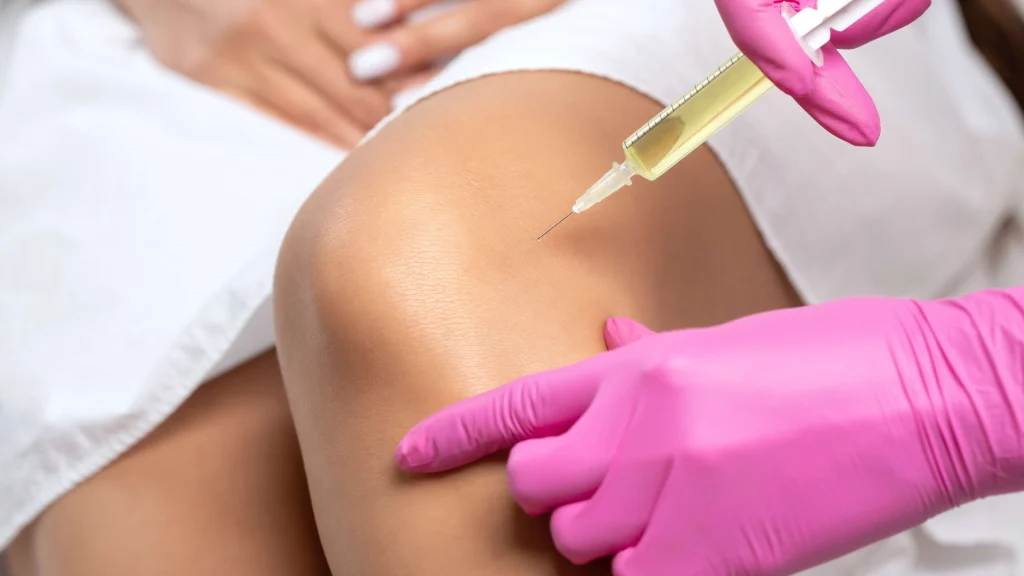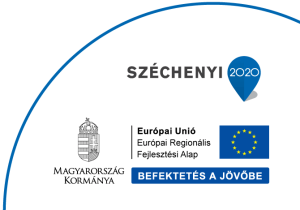What is PRP therapy?
Platelet Rich Plasma, also known as “PRP” is an injection treatment whereby a person’s own blood is used. A fraction of blood (20cc) is drawn up from the individual patient into a syringe. This is a relatively small amount compared to blood donation which can remove 500cc. The blood is spun in a special centrifuge to separate its components ( Red Blood Cells, Platelet Rich Plasma, Platelet Poor Plasma and Buffy Coat). The Platelet Rich Plasma and Buffy Coat will be injected where the doctor intends to treat. Platelets are very small cells in your blood that are involved in the clotting and healing process. When PRP is injected into the damaged area it causes a mild inflammation that triggers the healing cascade.
As the platelets organize in the treatment area they release a number of enzymes to promote healing and tissue responses including attracting stem cells and growth factors to repair the damaged area. As a result new collagen begins to develop. As the collagen matures it begins to shrink causing the tightening and strengthening of the damaged area.
PRP therapy can be applied to treat ligament or tendon injuries. PRP therapy causes new growth of weak ligaments and tendons. PRP therapy is useful for many types of musculoskeletal pain. It may help heal joints, ligaments, tendons or other connective tissues when other more conventional therapies haven’t worked.
How does PRP therapy work?

PRP therapy involves multiple injections to create a controlled and localized inflammatory response, which mimics the normal healing from an injury and causes new tissue growth.
At our Clinic, our goal for PRP therapy is to restore healthy biomechanics of the body, provide pain relief and improve overall function. With pain relief given from PRP therapy, you may be able to benefit more from other therapies, such as physical therapy, even if these have failed in the past.
PRP therapy is recommended to be combined with:
• Treatment of myofascial pain, such as Intramuscular Stimulation (IMS) or Trigger Point Injections (TPI)
• Physical therapy and movement
• Lifestyle changes such as increased activity, a healthy diet and good sleep
What does treatment involve?
You may have several injections during one treatment session. During the first session, your physician will focus the treatment on one agreed area to test response and tolerance.
Most patients require 2-3 treatments, and treatments are usually administered every 6-12 weeks. The number of sessions required depends on your goal, the injury, the area, and how fast your tissues heal.
The ligaments and tendons may take several months to heal. Most people notice real benefit a few weeks after the 1st or 2nd treatment.
The full procedure takes approximately an hour.
How will I know if PRP therapy will help?
One of our physician needs to assess you first, and will recommend this procedure if he or she thinks it may help you. Major improvements usually can be registered after the 1st or 2nd treatment, as this therapy is based on the stimulation of the body’s self-healing mechanisms, which needs time.
How long does the pain relief last?
The results are different for each person. If PRP therapy addresses the underlying problem, the pain may be completely resolved.
There is the potential for no improvement in pain levels. For some people, PRP therapy will have little or no effect on pain levels.
Possible Side Effects
Like many medications, some patients will have side effects and others won’t. Your doctor will discuss these risks with you.
Common side effects
Stiffness, soreness and swelling (patients who get very stiff and sore, usually require less treatment sessions) that lasts on average 2-3 days occasionally up to ten days.
Rare side effects
Bruising.
Extremely rare side effects
Fever. You might experience fever symptoms in the first day after the procedure. Severe pain with fever past 24 hours may be due to infection and it may be treated with antibiotics.
Possible Risks of PRP therapy
Overall, this procedure is most unlikely to worsen a chronic pain condition on the long term, unless a complication is encountered. Complications may include: bleeding, infection, and allergic reaction to the injectate.
The other possible complications depend on the actual area treated, hip, knee, ankle, shoulder, elbow, wrist: Nerve damage, cartilage injury, cervical, thoracic, lumbosacral spine: Low blood pressure, pneumothorax, spinal headache, paralysis, death.
How to Prepare for PRP therapy
You should stop taking anti-inflammatories 2 weeks before the treatment. These include: Aspirin, Advil, Naproxen, Ibuprofen, Diclofenac, Aleve etc.
If you can come with a driver, antianxiety medication may be used before the procedure if needed.
Preprocedure ultram (pain medication) will be prescribed.
Fasting Guidelines
• For procedures scheduled prior to 2 pm: Do NOT eat anything after midnight of the day before.
• For procedures scheduled after 2pm: you may eat a light breakfast prior to 8 am on the day of the procedure.
• Drinking clear liquids is acceptable up to 2 hours prior to procedure. Acceptable Clear liquids up to 2 hours prior to procedure: Water, Black Coffee, Black Tea. (NO: MILK PRODUCTS, SUGAR OR LEMON ALLOWED).
Unacceptable clear liquids: coffee or tea with milk products, sugar, orange juice, alcohol.
Aftercare
After PRP therapy you can continue all normal activities, but be careful not to overdo it. Physical therapy is recommended as soon as possible and can increase the benefit of PRP therapy.
A healthy, protein rich diet, and Vitamin C (500mg daily) may also improve your results.
If you are required further painkiller, Tramadol 50mg / 6 hours, paracetamol 500mg / 4-6 hours can be taken.
Are You Getting Ripped Off by Paying for a Low Dose PRP Shot? Read article here.


